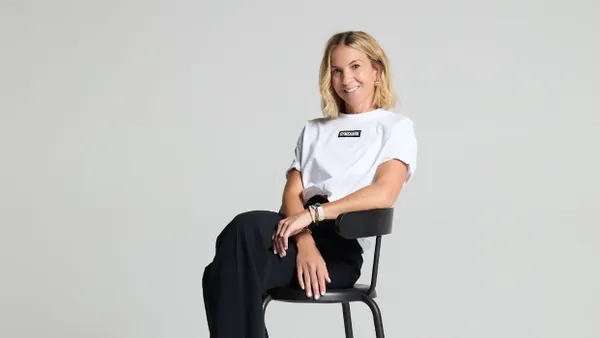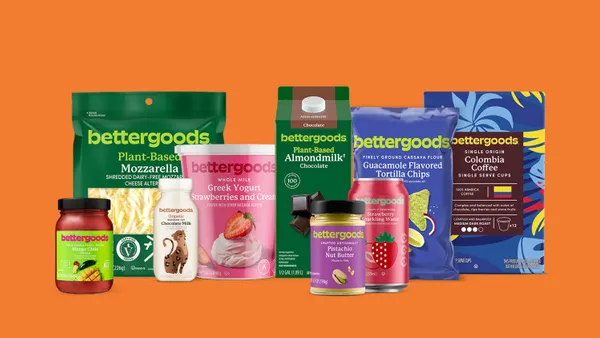Dive Brief:
- For the first time in eight quarters, Purple posted sales growth, with the metric increasing 1.1% year over year to $145.9 million in Q4. Direct-to-consumer revenue increased 4.3%, with e-commerce sales increasing 0.5% and showroom net revenue increasing 17.5%, driven in part by the opening of five net new showrooms in the past year. Wholesale revenue fell 2.7%.
- The DTC mattress retailer reported fourth-quarter operating loss widened 35.6% year over year to $16.2 million. Net loss narrowed to $18.4 million from $71.7 million in the year-ago period.
- The company on Tuesday also announced that if the Federal Trade Commission does not block Tempur Sealy’s acquisition of Mattress Firm, Purple will retain its relationship with Mattress Firm for at least a year as opposed to the two-month commitment previously in place. Purple and Tempur Sealy have also agreed to resolve all differences related to their intellectual property disputes. Tempur Sealy expects the FTC to complete its review of the acquisition by the end of the second quarter.
Dive Insight:
While Purple’s Q4 sales increased after quarters of declines, its full-year results painted a different picture, with sales falling and losses widening.
For the full year, the mattress brand reported net revenue fell 10.9% to $510.5 million. By channel, DTC revenue fell 10.2% and wholesale fell 11.9%. Operating loss increased to $113.7 million from $42.8 million in the year-ago period, while net loss widened to $120.8 million from $92.5 million in 2022.
Over the past year, the company has been working to expand its assortment to attract a broader customer base. In what CEO Rob DeMartini called the “largest, most innovative new product launch in company history,” the company last year debuted nine new mattress models, including its premier and luxury collections with products ranging from $5,500 to $7,500.
“While it has taken us a few quarters longer than we originally anticipated, we're extremely encouraged by the response to our new product lines from both consumers and our wholesale partners,” DeMartini said on a call with analysts. “Encouragingly, the green shoots we saw in the fourth quarter have continued into 2024.”
While showrooms demonstrated strong sales gains in the fourth quarter, with over 60% of its locations posting positive comps during the period, DeMartini previously said stores were the “toughest part” of Purple’s model. Speaking at the ICR Conference in Orlando, Florida, earlier this year, the executive announced plans to slow down store openings until it can ensure its footprint is profitable, a sentiment he reiterated Tuesday.
DeMartini said the company is now rethinking its approach to selling within its showrooms, shifting to a more intentional selling environment, “especially for consumers that are already in their purchase journey.”
Another focus area for Purple is driving gross margin improvement. It has already taken steps to improve that metric by raising prices on certain mattress models; increasing the mix of its higher-margin, higher-priced premium and luxe products; and reducing its reliance on air freight.
In the fourth quarter, the company’s gross margin was 33.2% compared to 34.6% in the year-ago period.
In the year ahead, Purple expects full-year revenue to be between $540 million and $560 million, a year-over-year increase in the mid- to high-single-digit range.














